
How do you choose an oximeter?
Choose saturation monitor.
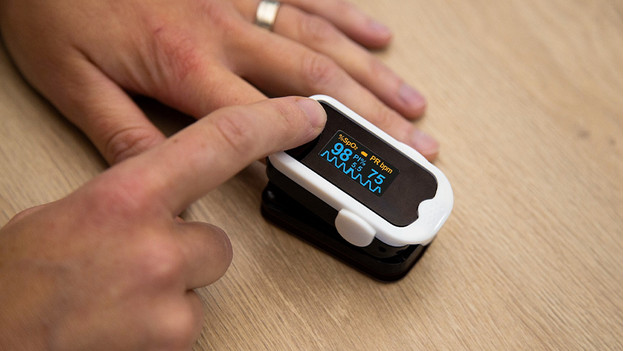
At first glance, all saturation monitors look alike. There are some differences between the devices which you might want to check beforehand. This way, you can be sure you choose a saturation monitor that suits your usage situation best.
- Do you want to save previous readings?
- Do you want to view your results in an accompanying app?
- Do you need help with performing the reading?
- Do you also use the saturation monitor on the go?
Do you want to save previous readings?
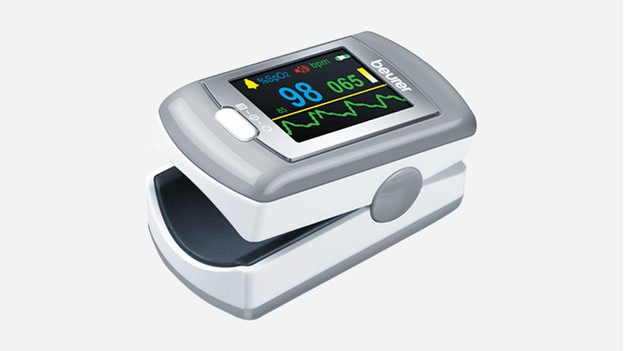
Many saturation monitors have a memory function. This allows you to save the results of a reading, so you can check them when you have time. The more memory slots the saturation monitor has, the more readings you can store. That's useful if you try to discover a pattern in the oxygen level of your blood or your heart rate.
Do you want to get more insight with an app?
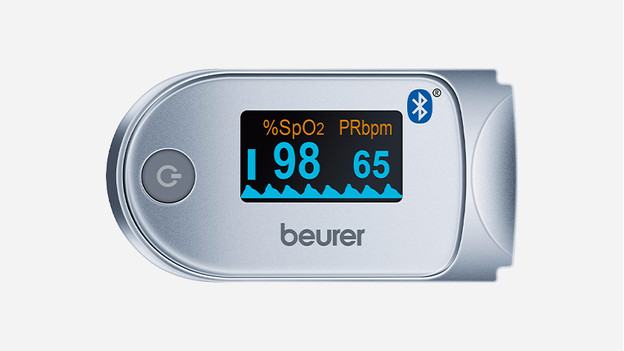
Do you want to have a clear overview of the results of your readings available? Buy a saturation monitor which you can connect to an app or other software. This way, you get more insight into your results, because you can see the values of your saturation and heart rate in graphs and tables. With an app, you can also take the results of your readings to your doctor more easily.
Do you need help with your reading?
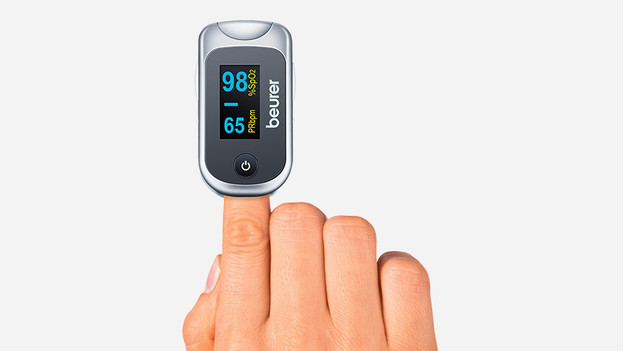
Have you never used a saturation monitor or do you have difficulties applying the device to your finger? Use a saturation monitor with alarm function. With a light signal or an audio signal, you'll see when you haven't applied the saturation monitor correctly. This makes the risk of an inaccurate reading smaller.
Do you want to use the device on the go?
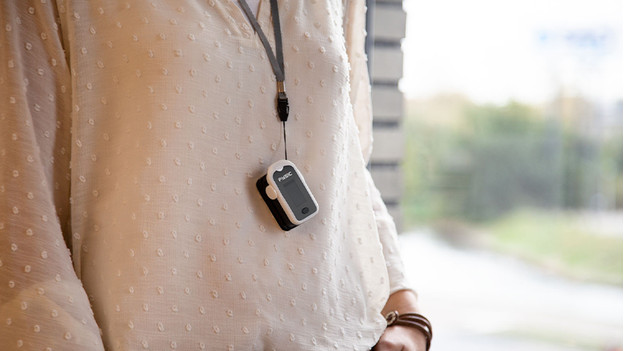
Some saturation monitors come with a strap or compact bag, so you can easily take the device with you. This way, you won't easily forget to measure your saturation or heart rate when you're on a daytrip. You can also easily carry the saturation monitor around when you go out to exercise with a carrying strap or hip bag.



